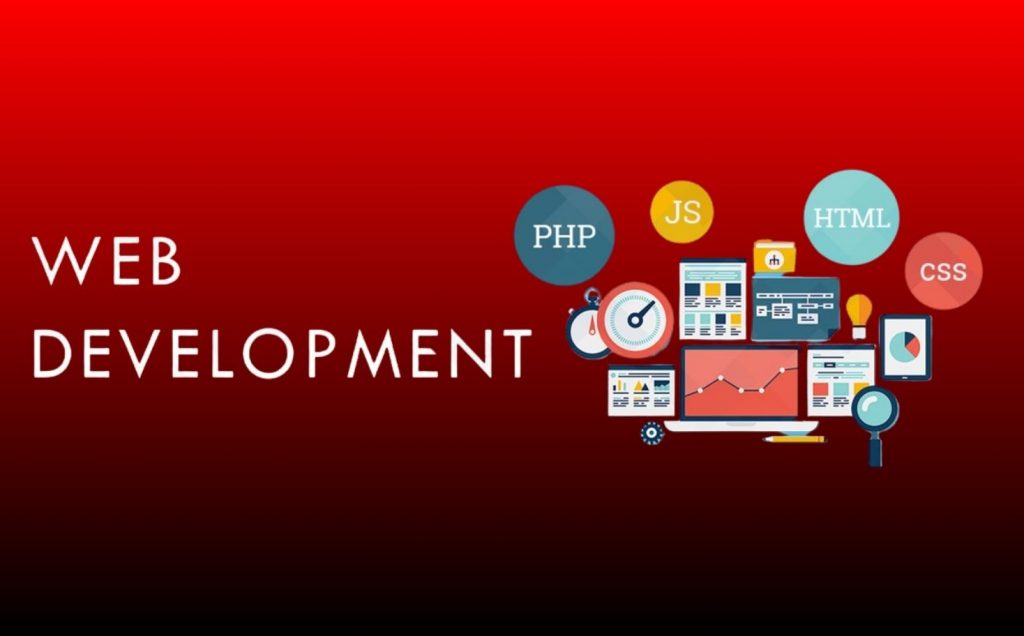In the battle of lead generation strategies, only one can dominate… right? Well, not exactly. Effective lead generation for your business is a proven way to boost customer acquisition and revenue growth. In fact, it can increase conversion rates, build brand awareness, and improve overall engagement with your target audience. The question isn’t whether you should use a particular lead generation strategy, but rather how you should integrate multiple strategies into your marketing plan.
Short-form vs. long-form lead generation content: Definitions
The difference between short-form and long-form lead generation content is simple: short-form content is concise, and long-form content provides in-depth details. More specifically, short-form lead generation content is typically quick, attention-grabbing content like downloadable resources or quick sign-up forms, while long-form lead generation content provides more valuable, in-depth materials, such as whitepapers or webinars. You’ll see a lot of short-form lead gen content on social media platforms (though you can use this format on your website as well). For example, many companies use quick sign-up forms or special offers to generate leads on platforms like Instagram and Facebook.
Long-form lead generation content is typically seen on business websites or in dedicated email campaigns. B2B companies, for instance, often use case studies, eBooks, or industry reports to nurture and convert leads into customers.
A brief history of lead generation
Since the early days of the internet, lead generation has evolved significantly. In the early 2000s, businesses relied primarily on email lists and cold calls to generate leads. With the rise of social media platforms like LinkedIn, Twitter, and Facebook, lead generation strategies have shifted towards digital methods, relying on content marketing, targeted ads, and organic social media outreach.

For instance, LinkedIn used to be primarily a professional networking site, but today it’s a powerful tool for B2B lead generation, allowing businesses to target specific demographics with precision. Likewise, content-focused platforms like blogs and YouTube have allowed companies to use content marketing as a lead gen tool. In recent years, chatbots and AI-driven platforms have further revolutionized the lead generation process, making it more automated and streamlined.
Why content matters in lead generation
Lead generation content is crucial to attracting and nurturing potential customers. Whether it’s through short-form or long-form content, your strategy needs to incorporate both. Just like video content, mixing short-form and long-form lead generation content allows you to engage with different types of audiences at various stages of the sales funnel.
For example, short-form content like blog posts or lead magnets can quickly grab attention and collect contact details, while long-form content like comprehensive guides or industry webinars can engage and educate leads, ultimately leading them to conversion.
“Just remember that you can test different lead generation formats until you find what works best –– the sweet spot. Track your lead performance, analyze the data, and adjust your strategy until you see the desired results.”
Hire a team of expert marketers to handle your lead generation process.
Lead generation isn’t a one-size-fits-all strategy. Your approach should be flexible and adjust to your audience’s behaviors, whether they engage with your brand via short-form or long-form content.
Ready to boost your lead generation efforts? Get a Free Consultation and take your business to the next level.





